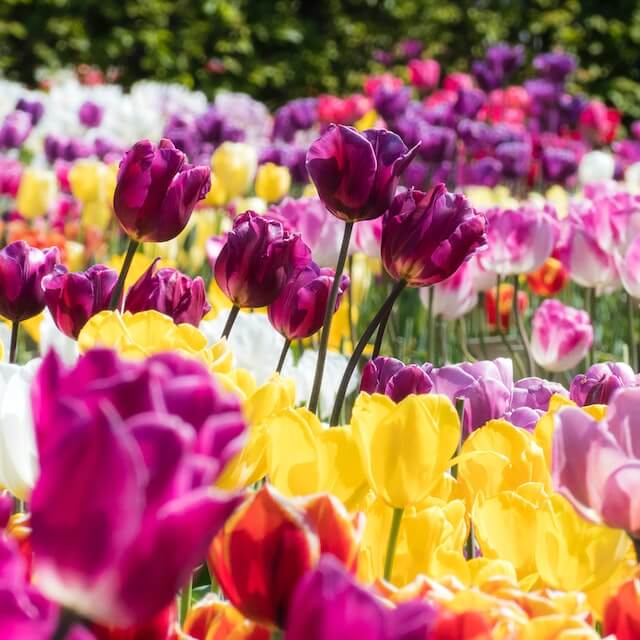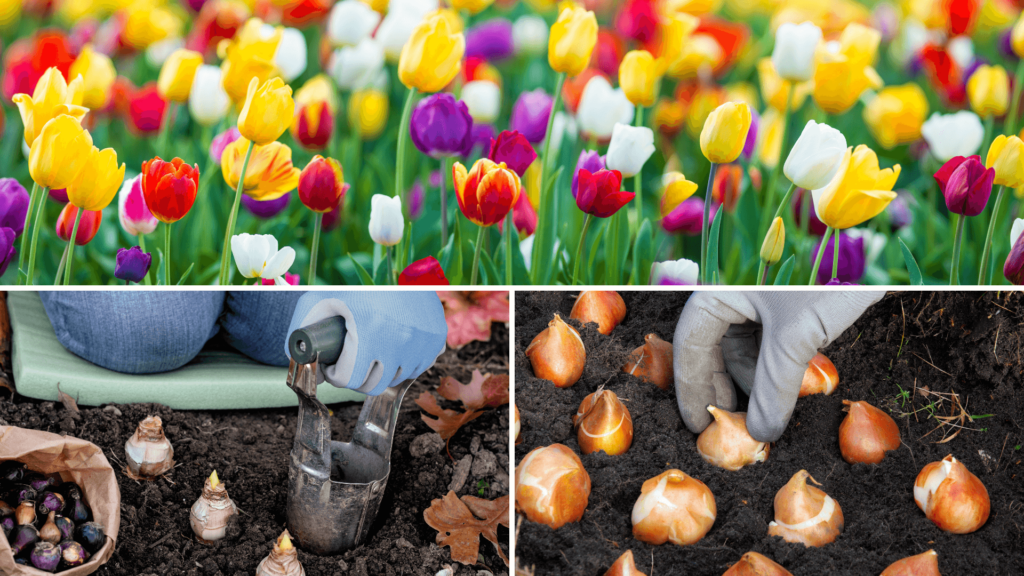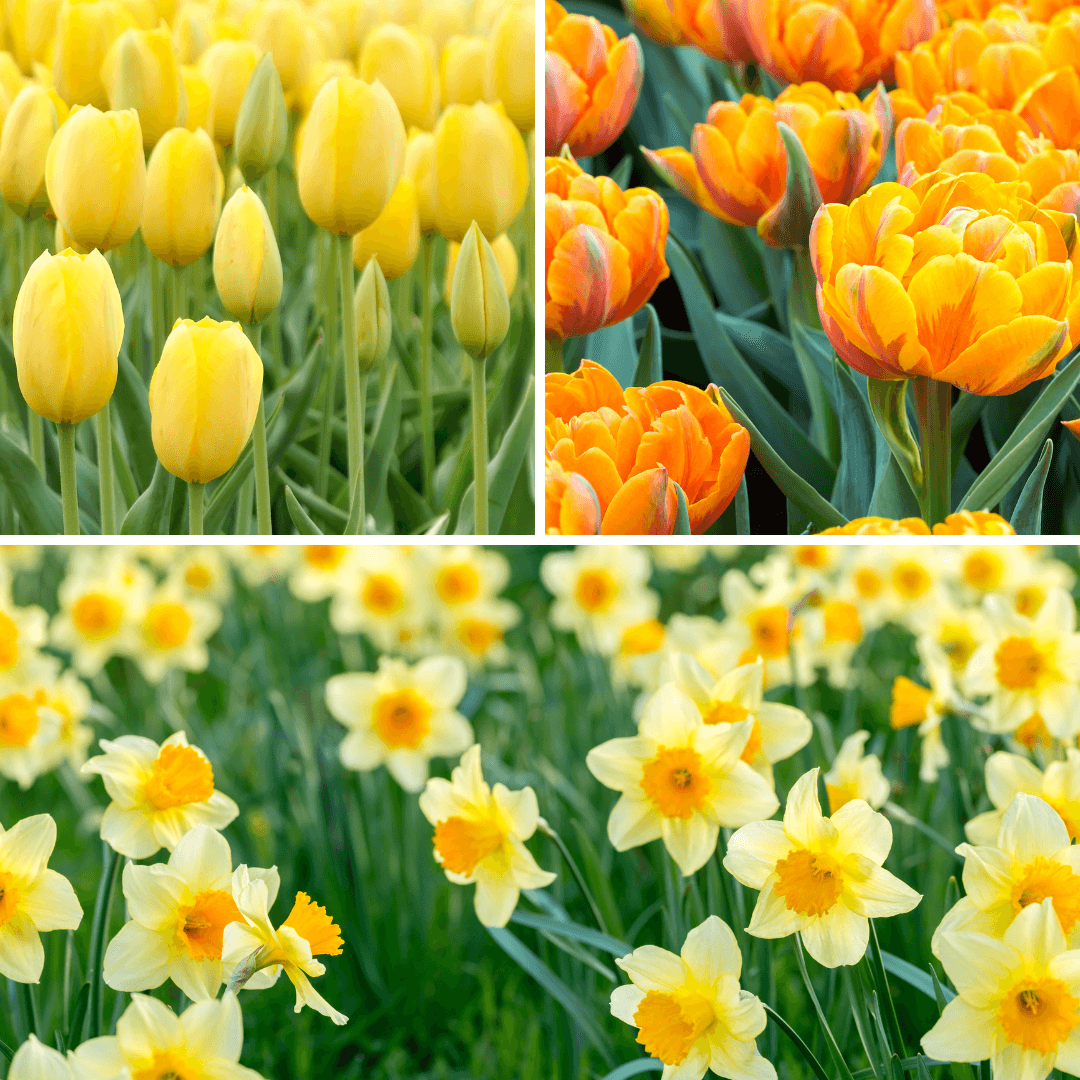As the warmth of summer gives way to the cool embrace of fall, it’s time for gardeners to turn their attention to the future, specifically to next spring’s garden. Fall-planted bulbs are the key to unlocking the vibrant colors and beauty that will grace your garden when the snow thaws and the days grow longer. In this comprehensive guide, we will delve into the world of fall-planted bulbs, covering when to plant, how to plant, where to plant, essential care tips, and the best bulbs to consider for your springtime paradise.
When to Plant
Timing is crucial when it comes to planting fall bulbs. The ideal window for planting these botanical treasures is in late summer or early autumn. Aim to plant your bulbs about 6-8 weeks before the first hard frost in your area. For most regions, this means planting bulbs from September to early November. This strategic timing allows the bulbs to establish their root systems before the ground freezes, ensuring a stunning display come spring.

How to Plant
Planting fall bulbs is a straightforward process, but following a few key steps can make all the difference in your garden’s success.
- Select the Right Bulbs: Choose high-quality bulbs from a reputable source. Look for bulbs that are firm and free from signs of disease or damage.
- Choose the Perfect Spot: Pick a location with well-draining soil and the right amount of sunlight for your chosen bulbs. Most bulbs prefer full sun, but some varieties tolerate partial shade.
- Prepare the Soil: Loosen the soil in the planting area and amend it with organic matter like compost to improve drainage and fertility.
- Plant at the Correct Depth: Different bulbs have varying planting depths, so refer to the package instructions. As a general rule, plant bulbs at a depth equal to 2-3 times their height.
- Spacing: Space bulbs according to the recommended distance on the packaging. Smaller bulbs can be planted closer together than larger ones.
- Planting Orientation: Most bulbs have a pointed end (the top) and a flat end (the bottom). Plant them with the pointed end facing upwards for proper growth.
- Watering: After planting, water thoroughly to help settle the soil and initiate root growth. Continue to water as needed throughout the fall, especially if there’s a lack of rainfall.

Where to Plant
The choice of where to plant your fall bulbs is crucial for their success. Here are some considerations:
- In Garden Beds: Plant bulbs in garden beds for a natural and vibrant display.
- In Containers: Many bulbs thrive in containers, allowing you to enjoy spring blooms on patios and balconies.
- Under Trees: Plant bulbs under deciduous trees, as they will receive sunlight in the spring before the tree’s leaves fully emerge.
- Naturalize: Scatter bulbs in a grassy area for a more natural, meadow-like appearance.
Care for Fall-Planted Bulbs
Caring for your bulbs doesn’t require intensive effort, but some essential practices can help maximize their beauty:
- Watering: Keep the soil consistently moist but not waterlogged during the fall. In spring, maintain regular watering as the bulbs grow and bloom.
- Fertilizing: Apply a balanced, slow-release fertilizer in the spring as new growth appears to nourish your bulbs.
- Deadheading: Remove spent flowers to prevent seed production and divert energy back to the bulbs.
- Leave Foliage Intact: Allow the foliage to wither and yellow naturally. This process enables the bulbs to store energy for the following year.
What to Plant
Now, let’s explore some popular fall-planted bulb options to consider for your garden:

Fall-planted bulbs hold the promise of a vibrant and stunning spring garden, and with the right knowledge and care, you can create a captivating floral display that will leave your neighbors in awe. By knowing when to plant, how to plant, where to plant, and how to care for these bulbs, you’ll be well on your way to a flourishing spring garden that delights your senses and fills your outdoor space with natural beauty. So, grab your trowel, select your bulbs, and get ready to usher in spring with a burst of color and fragrance that only fall-planted bulbs can provide. Happy gardening!
